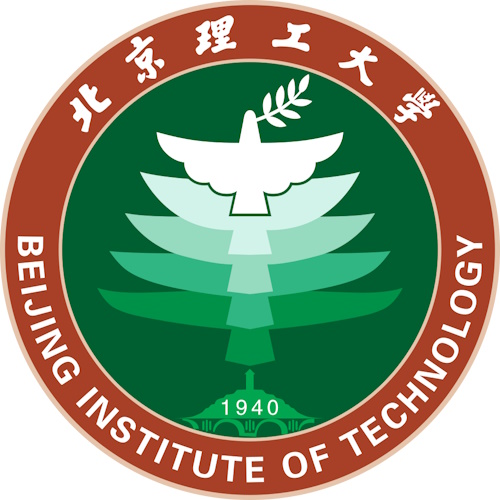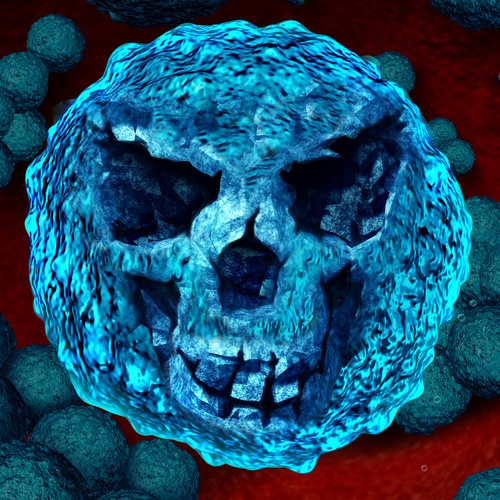Key points from article :
Researchers from from the University of Illinois Chicago and the Beijing Institute of Technology have developed a new class of antibiotics called macrolones, which show promise in combating antimicrobial resistance. These antibiotics work by targeting two bacterial processes simultaneously: protein synthesis and DNA gyrase. This dual approach makes it 100 million times harder for bacteria to evolve resistance.
The urgency of this development is underscored by the World Health Organization's estimate of 1.27 million deaths in 2019 due to antimicrobial resistance. Traditional antibiotics are becoming less effective as bacteria evolve, so there is a critical need for new drugs that bacteria cannot easily resist.
Macrolones combine two existing antibiotics: macrolides, which block ribosomes and prevent protein synthesis, and fluoroquinolones, which inhibit DNA gyrase, crucial for DNA structure. By targeting these two processes, macrolones effectively disable bacteria from multiple angles.
In their study, the researchers synthesized various macrolones and found one candidate that effectively targeted both protein synthesis and DNA gyrase at its lowest effective dose. This dual targeting makes it very difficult for bacteria to develop resistance through random mutations.
The significance of hitting two targets simultaneously lies in complicating the bacteria's ability to develop simple genetic defenses. Some macrolones can still target the ribosome even in bacteria with mutations that usually confer resistance to traditional macrolides.
Published in the journal Nature Chemical Biology, this research suggests that further development of macrolones could be crucial in addressing the growing problem of antibiotic resistance. The findings provide a clear direction for chemists to optimize these compounds, offering a promising solution to the "antibiotic apocalypse."







